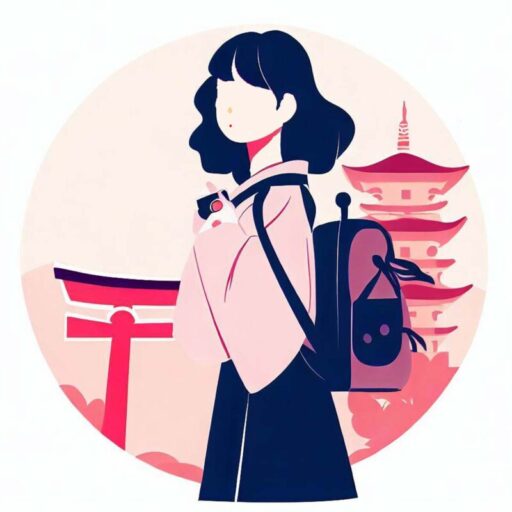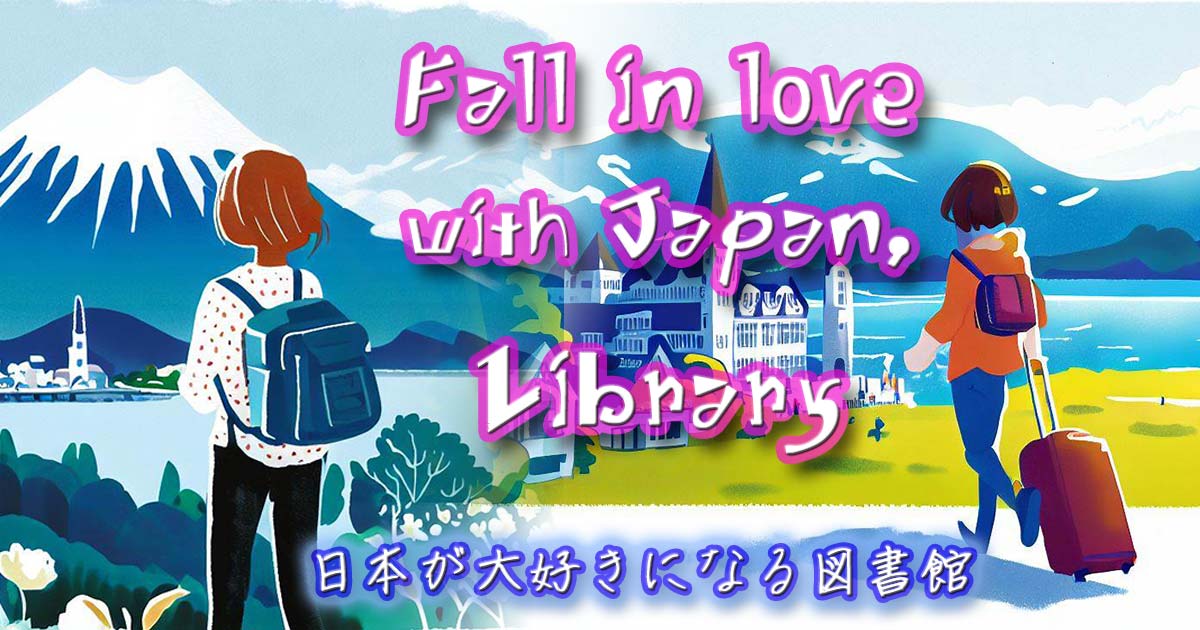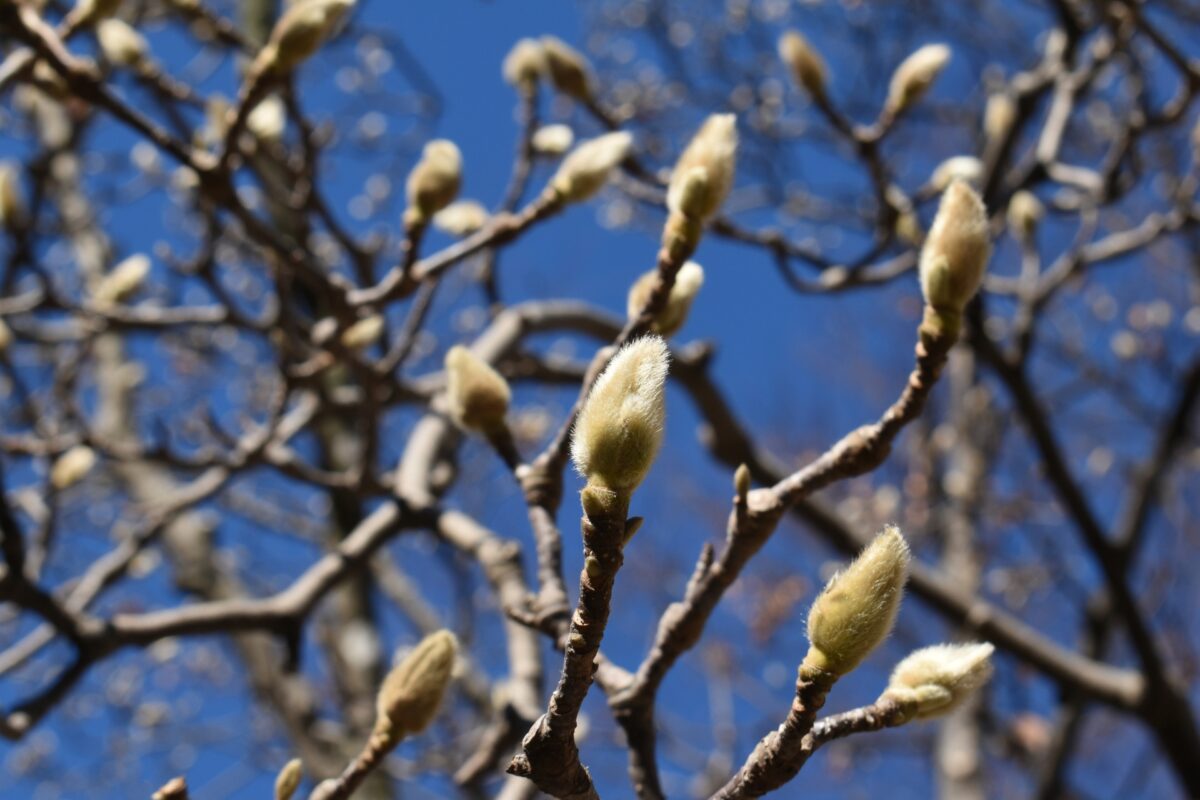What is Shokan? A Traveling Writer Explains the Customs, Meanings, and Regional Characteristics of the Forty-Eight Seasonal Terms! Twenty-Four Solar Terms and Seventy-Two Pentads

『 This article is… 』
Introducing the origin, significance, regional customs, modern ways of spending time, and the appeal of traveling during Shokan, from the perspective of a traveling writer. Describing the charm of Shokan, which allows you to feel beauty and warmth even in the midst of severe cold, with episodes. Full of hints for spending a rich and fulfilling Shokan season.
Hello, I’m Kasumi, a traveling web writer. This time, I would like to introduce you to “Shokan (小寒),” one of the forty-eight seasonal terms in Japan, including its origin, meaning, and the customs and modern ways of spending time during this period across various regions of the country, while incorporating my own travel experiences.
Shokan refers to the period when the winter cold becomes severe, typically lasting from around January 5th to January 19th each year. During this time, the Japanese archipelago is covered by cold air from the continent, and the harsh cold persists. However, even during this cold period, each region has its own unique customs and events associated with Shokan, adding color to our lives.
In this article, I will explain the historical background and origin of Shokan, as well as the various customs that have been passed down to the present day, based on the insights I have gained from traveling throughout Japan. The content of this article will help you rediscover the charm of Shokan, so please stay with me until the end.
- Exploring the Meaning and Origin of Shokan
- Natural Changes and Regional Customs During Shokan
- The Significance of Shokan in Modern Life
- Recommending Shokan Travels
- Summary and Thoughts
- Kasumi Points: Regional Characteristics of Shokan
- Koshogatsu Manju in Akita Prefecture
Exploring the Meaning and Origin of Shokan
What is Shokan? One of the Forty-Eight Seasonal Terms
Shokan is one of the “forty-eight seasonal terms,” which combines the twenty-four solar terms and the supplementary terms. It comes before Daikan (Major Cold). In the twenty-four solar terms, the period between the winter solstice and the beginning of spring is called “winter,” and this period is divided into three solar terms: “Shokan,” “Daikan,” and “Risshun” (Beginning of Spring).
The period of Shokan starts from the day when the sun reaches 285 degrees in ecliptic longitude until the day before Risshun, which falls around January 5th to January 19th in the current calendar. This period signifies the beginning of the coldest time of the year.
The Origin of Shokan – Roots in the Ancient Chinese Calendar
The term Shokan originates from the ancient Chinese calendar. “Sho” means “small” in contrast to “dai” which means “large,” and “kan” means “cold.” In other words, Shokan implies a period that is “cold, but not as severe as Daikan.”
The ancient Chinese calendar placed great importance on the movement of the sun and seasonal changes. The period of Shokan was determined by the day when the sun reached 285 degrees in ecliptic longitude, and the date of Shokan each year was based on this day.
Shokan Introduced to Japan
Shokan was introduced from China to Japan and has undergone a unique development while adapting to Japan’s climate and culture. Descriptions of Shokan can be found in the “Kojiki” and “Nihon Shoki,” which were compiled during the Nara period, indicating that Shokan has been closely related to the lives of Japanese people since ancient times.
During the Edo period, Shokan became more important as one of the “seventy-two pentads.” The seventy-two pentads are seasonal indicators that further divide the twenty-four solar terms. Shokan is divided into three pentads: “Seri no Sakae” (Growth of Parsley), “Suisen Ugoku” (Fountain Water Moves), and “Kiji Hajimete Naku” (Pheasants Start to Crow).
Thus, Shokan originates from the ancient Chinese calendar and has been introduced to Japan, where it has undergone a unique development as a seasonal indicator. In the next part, I will introduce the natural changes and regional customs observed during the Shokan period, along with my travel experiences.
Natural Changes and Regional Customs During Shokan
Nature During Shokan
During the Shokan period, the Japanese archipelago is covered by cold air from the continent, and the coldest time of the year begins. In northern Japan, snow accumulates, and the mountains are blanketed in a world of silver. On the Pacific side, it may snow due to the influence of seasonal winds from the Sea of Japan.
On the other hand, in southern Japan, there are many sunny days, and it can feel relatively warm during the daytime. However, the mornings and evenings are very cold, and frost often forms.
Agricultural Work During Shokan – Making Kangoe (Winter Fertilizer)
Although the Shokan period is relatively quiet for agricultural work, one of the important tasks is “making winter fertilizer.” Winter fertilizer, called Kangoe, is made by fermenting rice straw, fallen leaves, and animal manure during the winter.
In the Shonai region of Yamagata Prefecture, a winter fertilizer-making process called “Enburi” takes place around Shokan. People from the community gather to cut straw, pile it up alternately, and create a large mound of compost. The finished compost is spread on the fields in early spring, leading to a rich harvest.
Shokan Customs – Proverbs and Foods
Many proverbs and customs related to Shokan have been passed down in various regions. For example, proverbs such as “Shokan Daikan ni samusa karou” (It will be colder in Shokan and Daikan) can be found in many areas, expressing the severity of the cold during Shokan and Daikan.
Also, the Shokan period is known for delicious vegetables called “Kanku no Na” (Vegetables of the Coldest Season), particularly famous ones being “kabu” (turnip), “daikon” (Japanese radish), and “negi” (green onion). These vegetables are said to grow well and become sweeter despite the cold.
In Akita Prefecture, there is a custom of eating “Koshogatsu Manju” (Small New Year’s Buns) on the day of Shokan. Koshogatsu refers to the New Year in the old calendar, which falls around January 15th in the current calendar, overlapping with the Shokan period. Koshogatsu Manju has a simple, mild sweetness and serves as a heartwarming treat during the cold season.
Shokan Events – Dondo Yaki and Others
From Shokan to Daikan, fire festivals called “Dondo Yaki” or “Sagicho” are held in various regions. These are events where New Year’s decorations and calligraphy are burned to pray for good health throughout the year.
In Iida City, Nagano Prefecture, “Sagicho” is held around Shokan. Huge bonfires over 10 meters high rise up in various parts of the city, scorching the cold night sky. It is believed that exposure to the fire ensures health for the year.
Shokan is a seasonal turning point that signals the coming of spring, even amid the severe cold. In the next part, I will share how Shokan is perceived in our modern lives, from my perspective.
The Significance of Shokan in Modern Life
Spending Time During Shokan – Modern Lifestyles
In modern Japan, with the development of heating equipment and improved living environments, opportunities to feel the changing of seasons have decreased. Especially in urban areas, even during the Shokan period, the indoors are warm, making it difficult to feel the seasonal changes.
However, I believe it is important to consciously maintain a connection with nature during the Shokan period. For example, taking a walk in a nearby park or green space and observing the changes in flowers and trees can help us feel the signs of Shokan.
Also, the Shokan period is perfect for enjoying hot pot dishes and warm drinks. Spending a cozy time with family and friends can warm both the body and soul.
Shokan Events – Modern Arrangements
There are examples of traditional Shokan events being held with modern arrangements. In Tokyo, an event called “Tokyo Midtown Shokan Daruma” is held every January.
At this event, a giant daruma doll about 2 meters tall appears, and visitors attach papers with their wishes written on them to the daruma. After the event, the daruma is burned in the courtyard of Tokyo Midtown, and the smoke carrying people’s wishes rises towards the sky.
Although it is a modern staging, in terms of people gathering during the Shokan period and wishing for good health, it can be said to inherit the significance of traditional Shokan events.
Rediscovering the Meaning of Shokan – Insights from My Travels
As a writer who travels all over Japan, I have many opportunities to encounter Shokan customs and events. And I learn a lot from them.
Shokan is a seasonal turning point that hints at the coming of spring, even in the midst of severe cold. Our ancestors were sensitive to the changes in nature during this period and utilized that in their life wisdom. Making winter fertilizer and enjoying seasonal foods are good examples of this.
We modern people may find it difficult to feel the changing of seasons in our convenient lives. However, by consciously maintaining a connection with nature and tradition during the Shokan period, we can gain new discoveries and insights.
Through my travels, I have also rediscovered the significance of Shokan and experienced the richness of the seasons. Why not try to focus on nature and tradition during the Shokan period? You are sure to make new discoveries.
In the next part, I will introduce recommended ways to spend Shokan and my experiences from my travels.
Recommending Shokan Travels
Enjoying Winter Nature in Shokan Travels
The Shokan period has a severe cold, but also a dignified beauty. Why not go on a trip to enjoy the natural charm unique to this season?
At Lake Akan in Hokkaido, the lake surface freezes during Shokan, creating a mysterious landscape. Participating in a snow trekking tour walking on the frozen lake will allow you to experience the thrill of being surrounded by a pure white world. At night, it is also recommended to enjoy a warm drink while gazing at the star-filled sky.
At the Zao Onsen Ski Resort in Yamagata Prefecture, a beautiful natural phenomenon called “juhyo” (frost-covered trees) can be seen during the Shokan period. Juhyo is formed when snow and ice adhere to trees, creating a fantastic sight. Riding the ropeway and viewing the forest of juhyo from above is a truly winter-only experience.
Heartwarming and Delicious Local Cuisine on Shokan Travels
Enjoying the local seasonal flavors is another big attraction of Shokan travels. In the cold season, warm dishes taste even more delicious.
In Hirosaki City, Aomori Prefecture, “oden” is famous for being delicious around Shokan. In particular, the oden at a shop called “Dazai Osamu” is known as a beloved taste among locals. The oden, which is slowly simmered with nearly 30 kinds of ingredients, warms you up from the core of your body.
At the Ibusuki Onsen in Kagoshima Prefecture, “sukiyaki” is recommended during Shokan. The sukiyaki, made with local Kagoshima black wagyu beef, is so tender it melts in your mouth, offering the ultimate luxury on a cold day. At a restaurant called “Azumaya” in the onsen town, you can enjoy sukiyaki that makes the most of local ingredients.
Healing from Shokan Fatigue in Hot Springs
On Shokan travels, it is also recommended to soak in the local hot springs to heal your body tired from the cold. The warmth of the hot springs relaxes both the mind and body.
Shirahone Onsen in Nagano Prefecture is popular as a hot spring resort where you can enjoy open-air baths with snow views even during the Shokan period. Soaking in the bath while gazing at the snowy landscape is truly a luxurious time. Many of the accommodations have a tasteful wooden architecture, allowing you to enjoy the atmosphere of good old Japan.
At Yufuin Onsen in Oita Prefecture, a fantastic scenery called “Yuke-muri no Sato” (Village of Hot Spring Mist) spreads during Shokan. The hot spring mist covering the onsen town in the early morning is like another world. At “Kamenoi Bessou,” you can have this magnificent view all to yourself from the open-air bath overlooking Mount Yufu.
Shokan travels have many attractions, such as beautiful nature, delicious food, and healing hot springs, even in the midst of severe cold. Why not go on a trip during the Shokan period and enjoy experiences unique to this season?
Next, I would like to summarize the appeal of Shokan while reflecting on the contents so far, including my thoughts.
Summary and Thoughts
In this article, I have introduced the origin and significance of Shokan, customs passed down in various regions, modern ways of spending time, and the appeal of traveling during Shokan, while including my own experiences.
Shokan is one of the twenty-four solar terms, referring to the period when the winter cold becomes severe. It is also a seasonal turning point that hints at the coming of spring, even in the midst of the cold. Shokan customs include making winter fertilizer and eating Koshogatsu Manju, each region having its own unique practices. The depth of the wisdom of our ancestors is truly profound.
In modern life, we may have fewer opportunities to feel Shokan with our skin. However, by consciously maintaining a connection with nature and tradition during the Shokan period, we can gain new discoveries and joys.
I believe that the best way to experience the charm of Shokan is to go on a trip. Shokan travels are filled with elements that satisfy the mind and body, such as the natural scenery showing a dignified beauty in the midst of severe cold, warm and delicious local cuisine, and hot springs that heal fatigue.
Moreover, interacting with the local people you meet on your travels is another charm of Shokan travels. Perhaps it is because of the cold season that you can feel the warmth of human connection.
Shokan is not just a season to endure the cold. It is a rich season with hidden beauty and warmth in its harshness. I hope you will also experience the joy of nature, tradition, and travel during the Shokan period. New discoveries and emotions await you.
I, too, would like to continue pursuing the charm of Shokan and convey the richness of this season through my travels.








